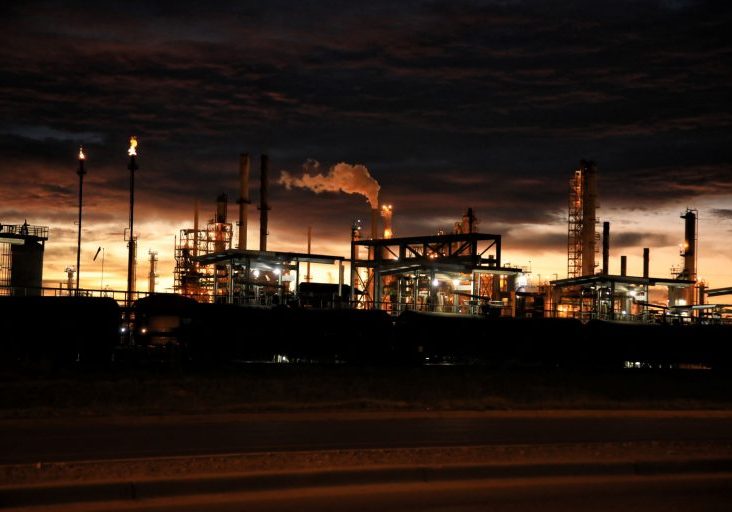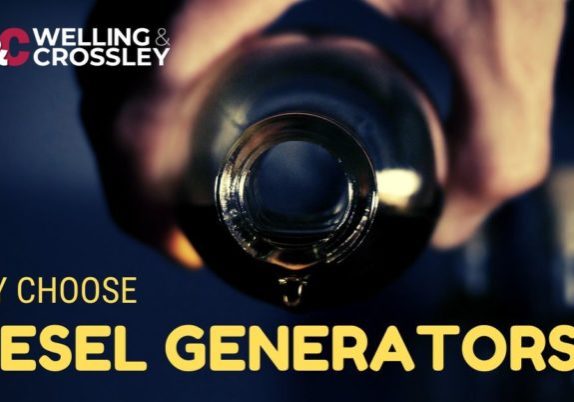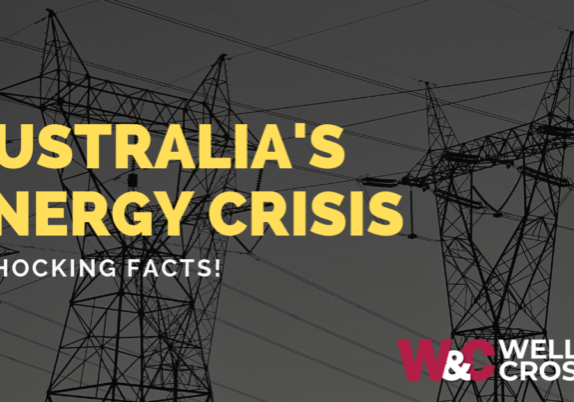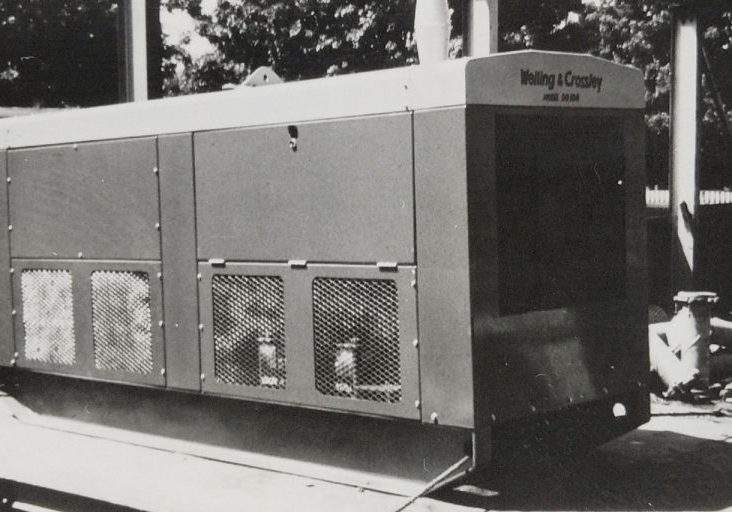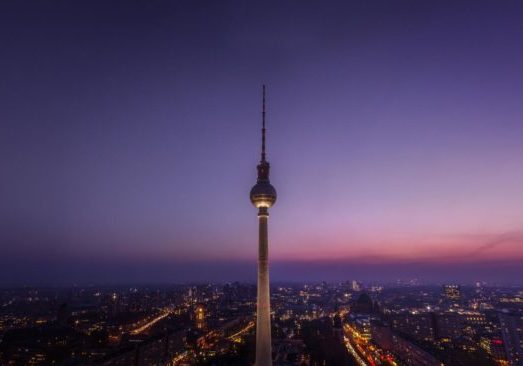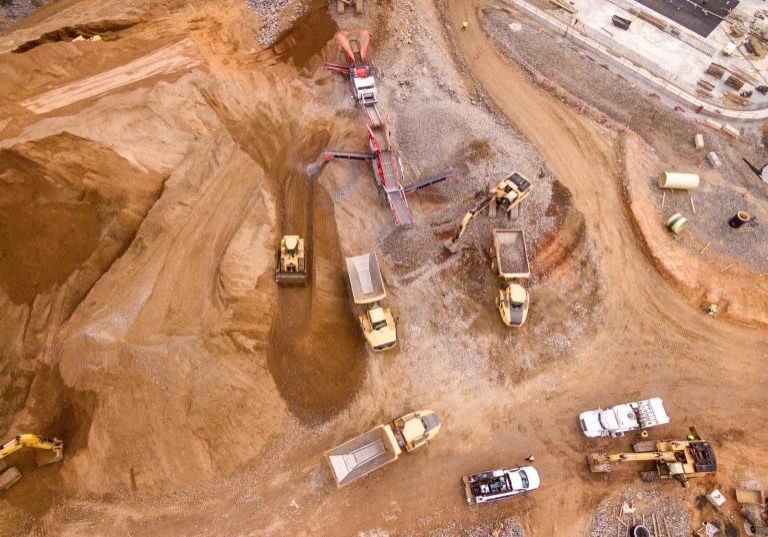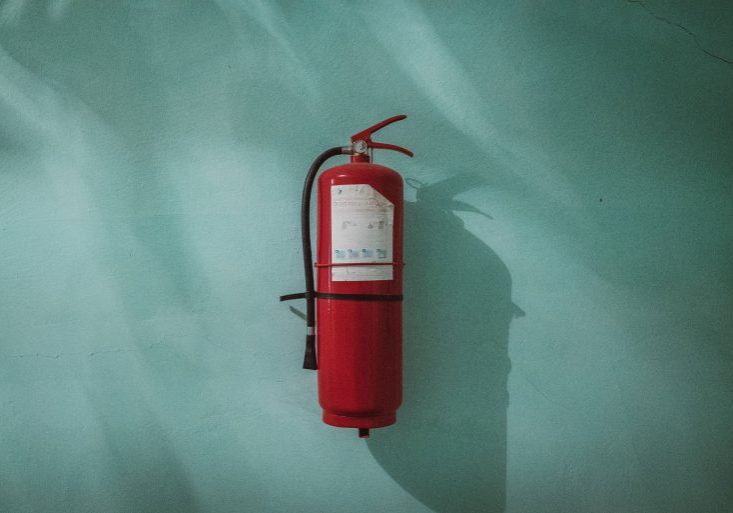
Do you want to buy a generator but you have no idea where to start?
With so many options it can seem very confusing. How do you choose the right generator for your needs? Do I need an inverter generator? 3 phase generator? How many kVA?
Have no fear! This helpful guide is the best place to start and will give you a simple overview of the most important things to consider when purchasing a generator. Now let’s get cracking!
Types of generators
It’s useful to put generators into a few categories:
Recreational – These generators are the lightest, quietest and most efficient models around. They are designed to be super portable and convenient. They are popular for recreational activities such as camping and caravanning. But many people use them for outdoor events, commercial and backup purposes too. These range from 1 – 6kVA in size.
Trade/Backup – These models are bigger, heavier and louder than recreational types. They are also available in a much greater range of sizes. They typically have an open, roll frame design. They are available with a wide variety of features including inverter models, different start options and petrol or diesel powered units. These range from about 2.8 – 20 kVA.
Stationary – These are large units for heavy commercial/backup usage. They are diesel powered and available in single, 2 phase and 3 phase options. They are designed to run for extended periods of time and provide as much power as is required, even for large scale industrial or agricultural operations. Smaller stationary models are also popular for home and business backup. These start at about 9kVA.
Subcategories
Inverter – Inverter generators create the cleanest power available, known as pure sine wave power because of the stability of the current wave. They are the best for powering sensitive equipment such as computers. They are often lighter, quieter and more efficient than conventional (non-inverter) generators. Recreational generators are nearly always inverters, and trade/backup style inverters are also available.
AVR – An Automatic Voltage Regulator prevents spikes in voltage and is another way of protecting your appliances. They are used on trade/backup and stationary generators.
3 phase – 3 phase power is used to power some buildings as well as larger equipment. These are used for commercial and backup purposes. Stationary generators are often 3 phase. If you want to power your home or worksite and you aren’t sure whether you need 3 phase power, it is best to consult an electrician (this is recommended if you want to power a building in any case).
Petrol powered – All inverters and many trade/backup generators are petrol powered. They are generally cheaper, lighter and quieter as well as being available in a much larger range of models.
Diesel powered – Available in trade/backup models and all stationary units. Diesel engines are more efficient and reliable, so are best suited for long operation.
Specialty generators
Tractor pack – PTO driven generators that are popular on farm sites. Powered by tractors they are a convenient solution to transport and use in rural areas.
Welder generators – A generator combined with a welding unit in a single frame. It can be used for either purpose.
How to size a generator
How to choose the right size generator is the most common question people ask, follow these steps and you will get it right.
Step 1 – Decide what you want to power
Simply determine all of the appliances you would like to use at the same time.
Step 2 – Determine the maximum total power requirement for all of your appliances
This involves adding up all of the power consumption figures for your appliances. This information can be found on a data plate, or in a manual. This information is usually in watts, and if it is in amps it is best to convert it to watts for ease of choosing the right generator.
It is crucial to get the starting and running power requirement for each appliance!
Most appliances with electric motors or compressors require more power to start than to run. For some appliances this can be 3 or 4 times the running watts. Your generator needs to be able to start your appliances as well as run them. Make sure you find out the starting watts. This information is sometimes found on data plates and manuals, but often requires contacting the manufacturer/supplier or using a watt meter. Another option is giving the size of the motor to a generator specialist.
Step 3 – Convert generator kVA to Watts and choose the appropriate size
Generator sizes are given in kVA (kilo-voltamps), and this must be converted into watts so you know which appliances you can power.
Multiply kVA by 0.8 (this is known as the power factor) to obtain the watts produced by the generator.
e.g. 10kVA x 0.8 = 8kW (kilowatts), or 8000 watts
This is the rated power output for the generator.
Generators will be able to provide more power than this for a short period of time (this is known as the maximum output). How much depends on the engine and the alternator, a good rule of thumb is to treat the kVA given in the size as the maximum kW, so a 10kVA unit is likely to be able to produce 10,000 watts for a short time. It is not recommended to run a generator at this level for more than a few seconds, just long enough to start appliances. If it needs to run at its maximum level for longer than this, then you need a bigger unit. You will risk damaging the engine and voiding warranty if you overload your generator.
Hint: You may find that you don’t need to start all of your appliances at the same time, or that you can turn some off while starting others, allowing you to use a smaller size of generator. For example, you may leave other appliances off while starting an air conditioner or compressor.
Stationary generators are rated for prime power or standby power. Prime power is the amount of output the unit can handle continuously, for extended periods, it is also known as the continuous rating. Standby power is for shorter intervals, typically when used for backup. The prime power capability of a given unit will be lower than the standby power. It is recommended that prime power units have high quality, durable engines designed to handle heavy loads. To determine the best unit for your application it is best to speak to a large generator specialist.
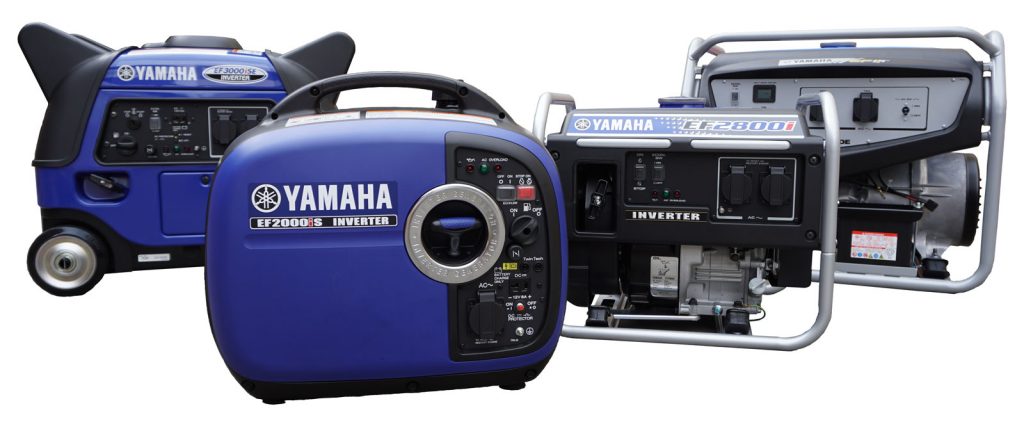
Generator Features
Now that you know about the different kinds of generator out there, and how to size it correctly you should have a pretty good idea of what you are looking for. Below are some additional features and components to consider when making the choice.
Starter type – Trade/backup generators include models with electric, recoil or dual starter systems. An electric starter increases convenience, but you also need a charged battery (the battery will come with the generator). A dual system allows you to use either. There are also remote start options that can be wired or wireless.
Portability – Most generators, other than the smallest models, are too heavy too easily carry around. Look for models that are equipped with wheel kits and lifting bars to make moving them easier.
Warranty and reliability – A generator is no good if it can’t produce power so it makes sense to go with as reliable an option as you can. There are many brands of generator out there, but if you look for a reputable brand that uses premium components then you are less likely to encounter problems. A local brand that can be contacted easily and will promptly follow through on warranty claims is ideal. Welling & Crossley is an Australian company with branches in every state. Other reputable brands will also have Australian branches for easy communication.
Parts and service – Being a piece of machinery a generator requires servicing and sometimes replacement parts. At Welling and Crossley we have hundreds of dealers and service agents nationwide.
Noise level – Noise is often a consideration depending on your application. Recreational generators are the quietest. Stationary generators are loud and often have canopies to muffle and protect the unit.
Transfer switch – A transfer switch for a generator is used when the unit is providing back up power to a building. It allows for the building’s circuits to be powered as normal, and therefore does not require additional extension cords running to appliances in the building. There are two kinds, an automatic transfer switch (ATS) and a manual transfer switch. An ATS is used in conjunction with a remote start generator and will automatically start the generator and power the building if the other power source is lost. A manual switch requires an operator to start the generator, plug it into the building and then flip switches on the switchboard to transfer power. A licensed electrician must install any transfer switch for a backup system and should be consulted when considering the design of the system.
RCD outlets – Residual Current Device designed to trip the circuit. This increases safety for users and appliances and are often compulsory on trade and work sites.
Fuel tanks and efficiency – Generators come with a variety of fuel tank sizes. Inverter generators are more efficient than conventional types. Diesel powered units are more efficient than petrol powered models. Trade/backup generators may have long range fuel tanks added.
Mine spec – These models are designed to meet mine site safety specifications and come with features such as RCD outlets, fire extinguisher and an emergency stop.
Conclusion
We hope this guide will be useful in helping you to choose the right generator for your needs. It gives you an introduction to the all of the key concepts. We look in more depth at certain topics in other articles and videos so please have a look at those too.

